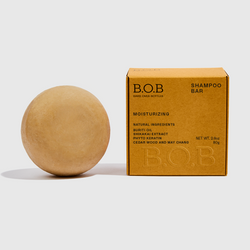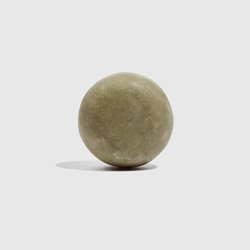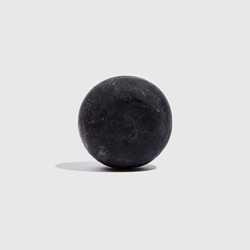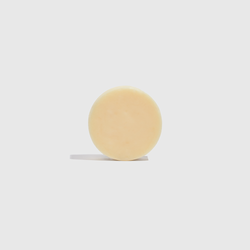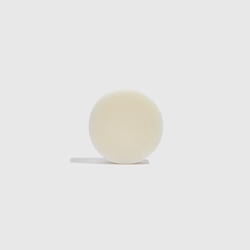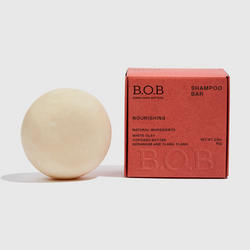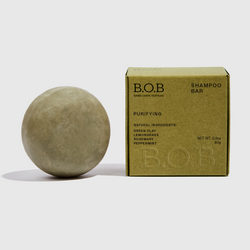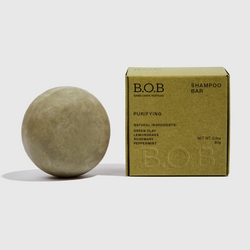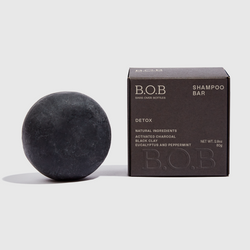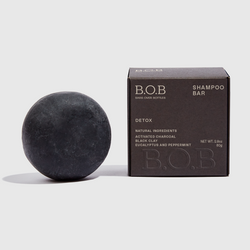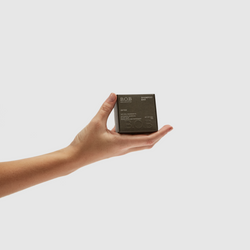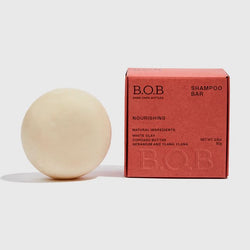How to Reduce Waste & Fend Off Global Warming
Index
Everything we consume has an impact on the environment. Whether it’s the production, use, or disposal stage, waste generation increases the temperature of our planet - so it’s important to learn how to reduce waste!
In the U.S, a significant part of organic waste (food scraps, for example) ends up in the same place as recyclable waste: in landfills or in dumps.
Since there’s no distinction between organic and inorganic matter, the decomposition of the materials happens anaerobically (without oxygen), and greenhouse gasses (GHG) are released during the process.
It's the increase of these gasses into the atmosphere that triggers an acceleration in global warming.
An average American produces 4.5 pounds of waste per day, and most of that waste is organic or recyclable. It’s important to think about how to reduce waste to prevent these materials from ending up in landfills.
It might seem difficult to accomplish a zero-waste lifestyle, but there are some simple ways to learn how to reduce waste in your day-to-day routine.
HOW TO REDUCE WASTE AT HOME
Here are my top tips for how to reduce waste with simple habit changes at home.
HOW TO REDUCE WASTE FROM FOOD

It is estimated that 1/3 of all the food produced in the world is wasted. It literally ends up in the trash before it even reaches our table.
On top of that, we also produce waste at home with our food scraps. In fact, organic waste accounts for half of all the garbage we produce.
Organic waste produces methane as it decomposes in landfills and dumps. This methane is even worse for the greenhouse effect than CO2.
How much worse?
Methane gas pollutes the atmosphere 25 times more than CO2.
Just so you understand the size of this impact, it is estimated that from 2010 to 2016, 10% of all greenhouse gas emissions came from food waste.
So how can we reduce this food waste?
1. Plan your shopping
My first tip on how to reduce waste from food is to keep close track of your groceries.
Write down everything you have in your refrigerator and freezer (before even looking in the pantry).
Make a note of what recipes you make with the items you have.
Then, write down what ingredients are missing for you to be able to cook those recipes.
This way, you won’t forget about perishable ingredients in your home, and you’ll only buy what you need to utilize your current ingredients.
2. Use every part of your food
Look up how to use the parts of food you would usually throw away, especially from vegetables.
Potato, pumpkin, and other root vegetable peels can be made into delicious chips.
Pumpkin seeds can be toasted and turned into snacks.
Melon seeds can be blended in to make sweet milk.
There are several solutions out there for using all parts of your food items in a tasty way that will help with how to reduce waste considerably.
3. Practice composting
Despite all this effort, we still produce waste, right? Instead of sending it to a landfill, one of the easiest things you can do to learn how to reduce waste is to start a compost pile. You can do that even in a small apartment!
Having a compost bin can be intimidating at first, but they’re easy to use, don't produce any smell, and simulate nature’s decomposition process. This results in a very rich compost for your plants that smells like wet soil.
The best part is - no methane is generated.

HOW TO REDUCE WASTE FROM CLOTHES
Clothing production has a huge environmental impact. In the case of cotton, washing, drying, and ironing produce GHG emissions. On the other hand, polyester generates significant gas emissions during production, spinning, and weaving, since it is made of fossil fuels, just like plastic.
Let’s discuss how to reduce waste from clothing in your own home. It’s simpler than you might think!

1. Mend when you can
In times of increasingly "disposable" clothing, it's important to remember that we can repair something instead of discarding it. Nowadays, the "repaired" look on clothes has even become trendy!
The Visible Mending movement fixes holes, rips, and other small issues with visible embroidery in fun shapes like flowers or hearts. In this way, the lifetime of the garments increases, thus preventing them from ending up in the trash.
2. Choose slow fashion
One of the best ways to reduce waste is to stop supporting fast fashion companies and move towards slow fashion. Not only are these clothes better for the environment - they are usually made to last longer. So it’s a win, win!
HOW TO REDUCE WASTE FROM PLASTIC
Plastic production contributes to global warming, mainly because plastic is made from fossil fuels.
It’s estimated that at current and projected growth rates, plastic production itself could generate 53.5 billion tons of carbon dioxide emissions by 2050.
If you add the incineration of plastic waste, this total rises to almost 56 billion tons.
The ocean also feels the impact because plastic pollution can disrupt an important carbon-absorbing cycle.
Today, about 1/4 of the carbon released into the atmosphere is absorbed by the ocean, especially by phytoplankton, an organism that uses CO2 for photosynthesis.
Studies suggest that microplastics may interfere with and reduce the ability to carry out this process, which would leave even more CO2 in the atmosphere.
Because of this, it’s important to learn how to reduce plastic use. To do this, you can:
1. Choose reusable products
Wherever possible, replace disposable items with long-lasting options. You can, for example, exchange your disposable sanitary pads for a reusable version of them, such as a menstrual cup or cloth pads.
You can also buy in bulk at stores or fairs that sell unpackaged products by taking your own tote bags or glass jars.
2. Switch to plastic-free beauty products
The majority of liquid cosmetics and hair products come in plastic containers, and these can really add up over the course of your lifetime!
But you don’t need all that plastic packaging. In fact, you don’t even need those liquid products. They are 80% water anyway!
An easy way to reduce waste is to switch to plastic-free shampoo and other plastic-free beauty products.

There is a whole range of clean beauty bars from plastic-free shampoo bars, conditioner bars, and facial cleansing bars just waiting for you to try them. That includes my natural beauty bars made from luscious and nourishing clean ingredients!
3. Look for compostable packaging
At B.O.B, I use compostable packaging for my solid beauty bars, and there are so many other companies out there who have switched to compostable packaging too. It’s important to support them!
Showing companies that you are more likely to buy a product with compostable packaging will hopefully entice more bands to go plastic-free too.
It may not seem like much, but these simple habits at home can really help reduce waste and protect our planet. The power is in your hands!



